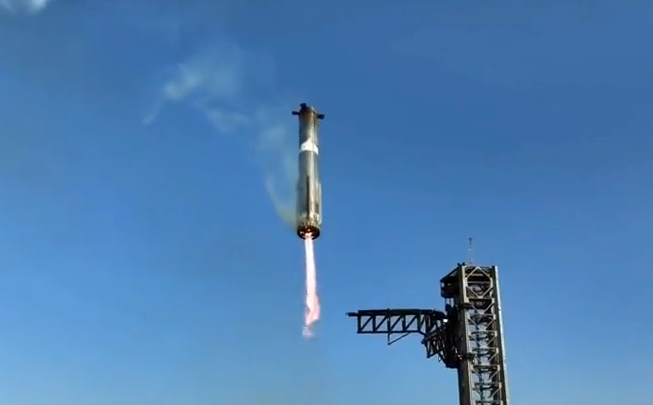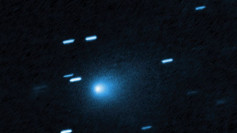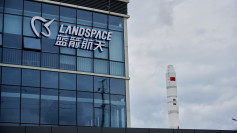SpaceX lost contact with its Starship spacecraft Thursday evening during its eighth integrated test flight, marking another setback for the company's efforts to develop the world's most powerful rocket. The uncrewed vehicle, launched from Starbase in South Texas, was intended to complete a suborbital flight but lost signal approximately 20 seconds before the completion of its ascent burn.
The test flight, which lifted off at 5:30 p.m. CT (6:30 p.m. ET), saw Super Heavy, the 232-foot-tall booster, successfully separate from Starship and execute a precision landing at SpaceX's launch tower using the mechanical "chopstick" arms of the Mechazilla system. However, the upper stage of the vehicle, designed for deep-space missions, experienced engine failures before entering its planned trajectory, ultimately leading to loss of control.
"Once you lose enough of those center engines, you're going to lose attitude control," said SpaceX's Dan Huot during the livestream. "And so we did see the ship start to go into a spin, and at this point, we have lost contact with the ship."
The Federal Aviation Administration (FAA) imposed a temporary halt on flights at Miami, Fort Lauderdale, Palm Beach, and Orlando airports due to concerns over falling space debris. Reports from Florida and the Caribbean indicated that the vehicle likely disintegrated over the region, but SpaceX has yet to confirm the exact location of the failure.
During its livestream, SpaceX stated that Starship was expected to attempt the release of mock Starlink satellites, but the spacecraft failed before reaching the designated drop zone. "During Starship's ascent burn, the vehicle experienced a rapid unscheduled disassembly and contact was lost. Our team immediately began coordination with safety officials to implement pre-planned contingency responses," SpaceX wrote in an update on X (formerly Twitter).
The company emphasized that each test provides valuable data. "As always, success comes from what we learn, and today's flight will offer additional lessons to improve Starship's reliability."
The eighth flight was meant to build on previous test objectives, particularly those from Flight 7, which ended in an explosion over Turks and Caicos on January 16. That failure, which scattered debris across populated areas, prompted SpaceX to make several modifications, including adjustments to the vehicle's heat shield, fuel lines, and engine configurations.
Among the upgrades was the addition of metallic heat shield tiles with active cooling and a revised fuel purge system to prevent onboard fires. However, the latest failure suggests further refinements are needed before Starship can meet the ambitious goals set by Elon Musk, including lunar and Martian missions.
NASA has contracted SpaceX to use Starship for Artemis III, the agency's first crewed moon landing since Apollo. However, continued setbacks may delay the timeline.
Despite the failure, SpaceX successfully landed the Super Heavy booster, marking the third time the company has captured it using Mechazilla's chopstick arms. The ability to recover and reuse boosters is a crucial step in making Starship a fully reusable launch system.




